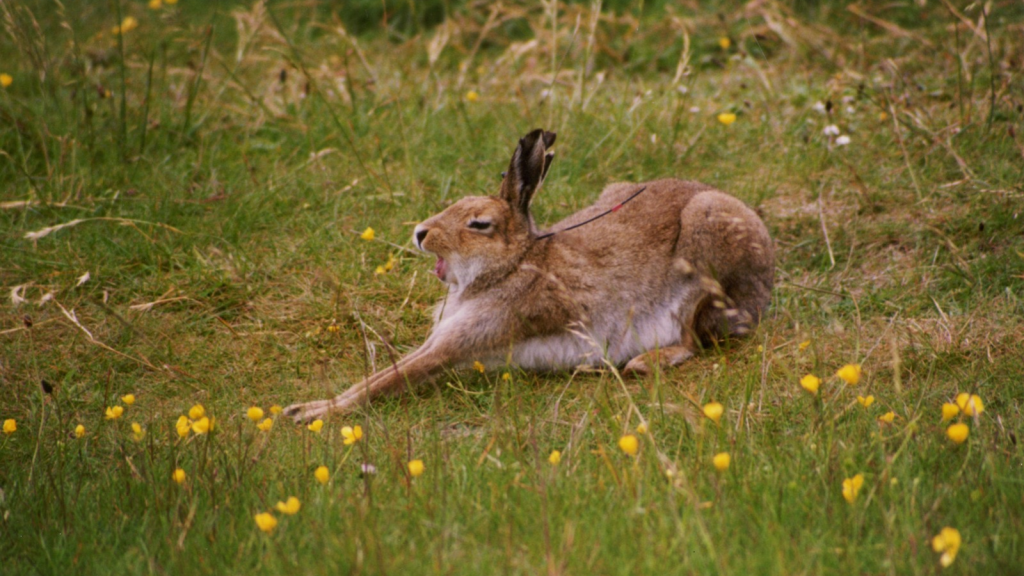The Yorkshire Moors, with their sweeping heather-clad landscapes and rugged beauty, are home to a remarkable array of wildlife. This unique ecosystem, shaped by centuries of human influence and natural forces, provides a haven for creatures both big and small. From the iconic red grouse to the elusive adder, the moors teem with life adapted to its harsh yet enchanting environment. The moors are breathtakingly beautiful although unforgiving to the unwary. But even though they may look bleak and barren to the untrained eye, the Yorkshire moors are full of life. I’ll never tire of walking with the dogs and my camera in this stunning part of our country.
Red Grouse
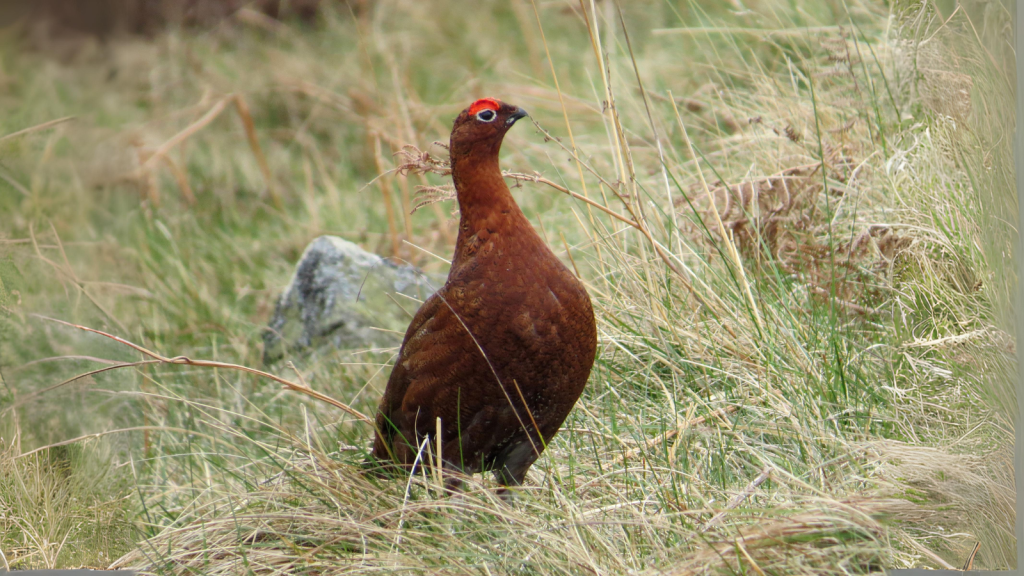
The red grouse is perhaps the most iconic bird of the Yorkshire Moors. With its distinctive red eyebrows and russet-brown plumage, this game bird is perfectly camouflaged among the heather. Red grouse feed almost exclusively on young heather shoots, making the moors their ideal habitat. Their population fluctuates naturally in cycles, influenced by factors such as parasite levels and habitat management. Interestingly, the red grouse is actually a subspecies of the willow ptarmigan, found nowhere else in the world outside the British Isles.
Adder
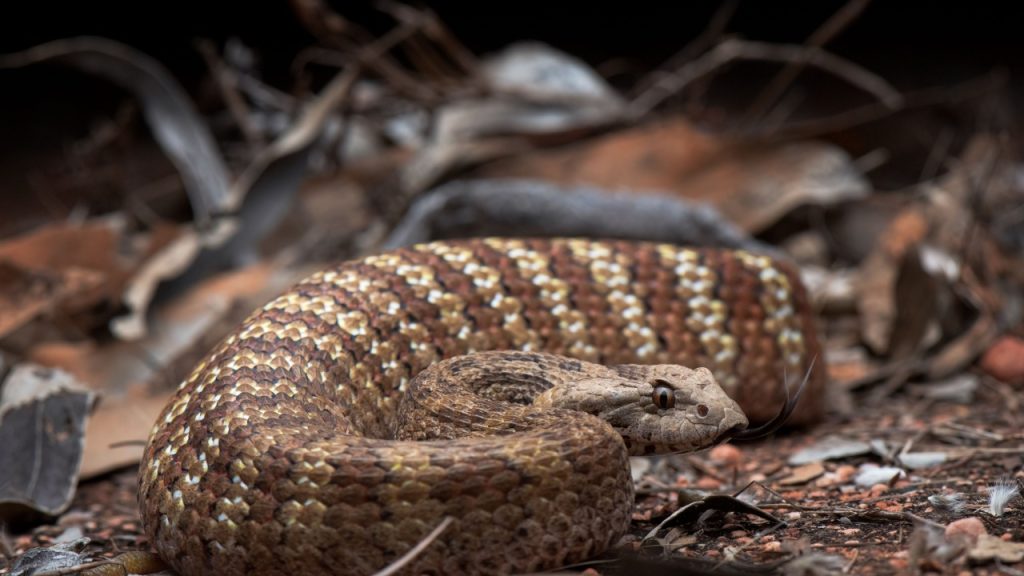
The adder, Britain’s only venomous snake, finds sanctuary in the quieter corners of the moors. These shy reptiles can often be spotted basking in sunny spots on warm days. Adders have a distinctive zigzag pattern along their backs and are masters of camouflage. They play a crucial role in controlling small mammal populations on the moors. Despite their venomous bite, adders are not aggressive and will only strike if threatened, preferring to slip away quietly when disturbed.
Mountain Hare
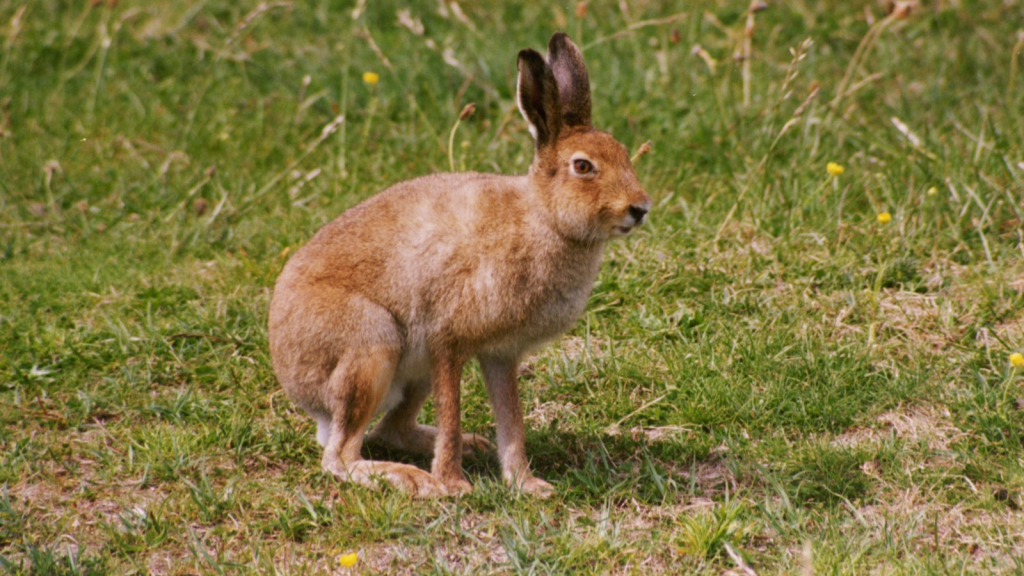
The mountain hare, also known as the blue hare, is a true moor specialist. Unlike its lowland cousin, the brown hare, the mountain hare’s coat turns white in winter, providing excellent camouflage in snowy conditions. These agile creatures can be spotted bounding across the moors, their large hind legs propelling them at speeds of up to 40 mph when threatened. Mountain hares have a unique adaptation to their harsh environment: their fur changes colour not just in response to daylight hours, but also to temperature, ensuring they’re always well-camouflaged.
Merlin
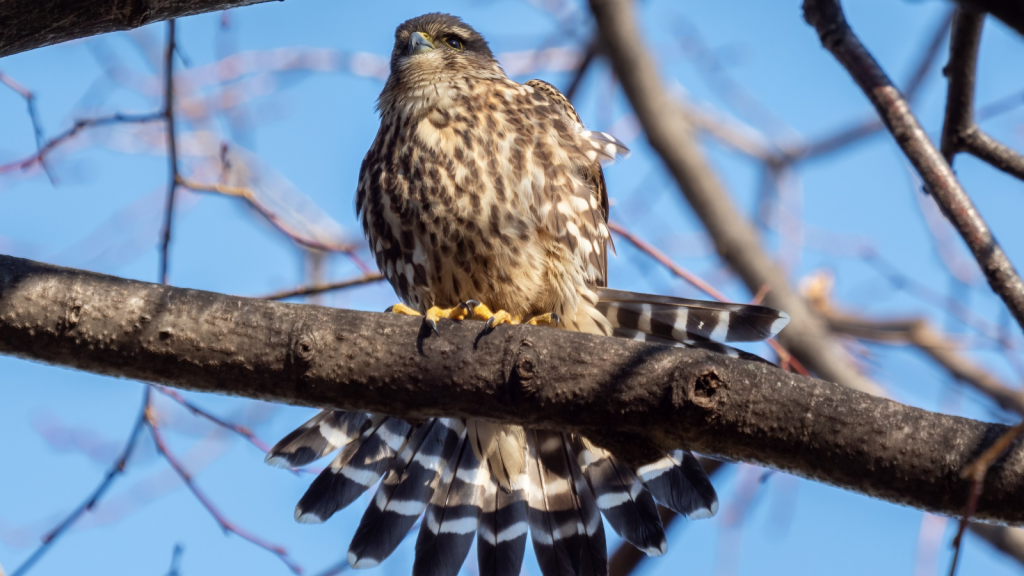
The merlin, Britain’s smallest falcon, breeds on the moors during summer months. These compact predators are known for their agility and speed, often seen zipping low over the heather in pursuit of small birds. Merlins build their nests on the ground or in low bushes, blending perfectly with their surroundings. Despite their small size, merlins are fierce hunters and have been known to take down prey larger than themselves, including wood pigeons and jackdaws.
Short-Eared Owl
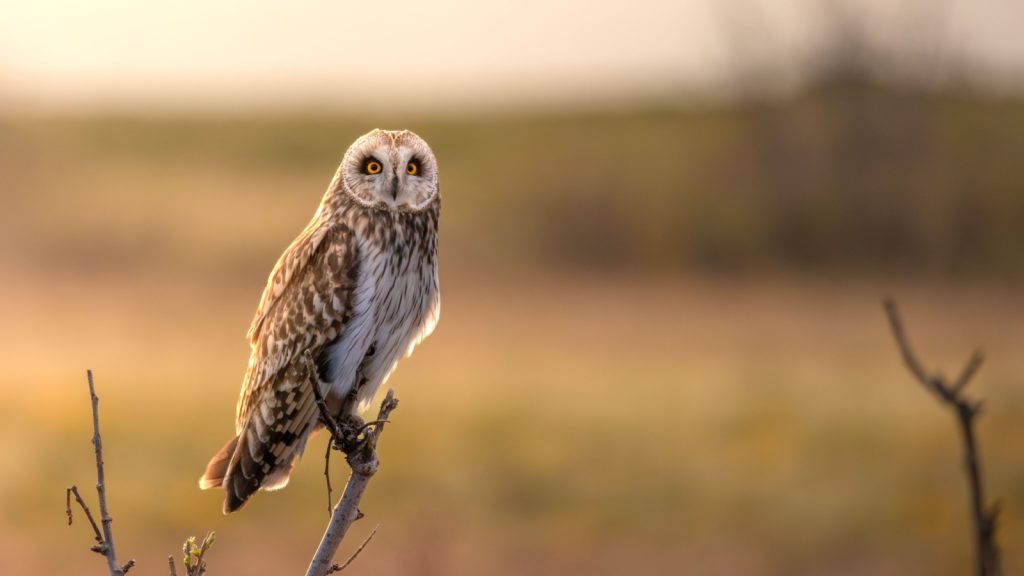
The short-eared owl is one of the few owl species that’s active during daylight hours. These striking birds can often be seen quartering low over the moors, hunting for voles and other small mammals. Their mottled brown plumage provides excellent camouflage among the heather and bracken of the moors. Short-eared owls are nomadic, moving to areas with abundant prey, which means their numbers on the moors can fluctuate dramatically from year to year.
Golden Plover
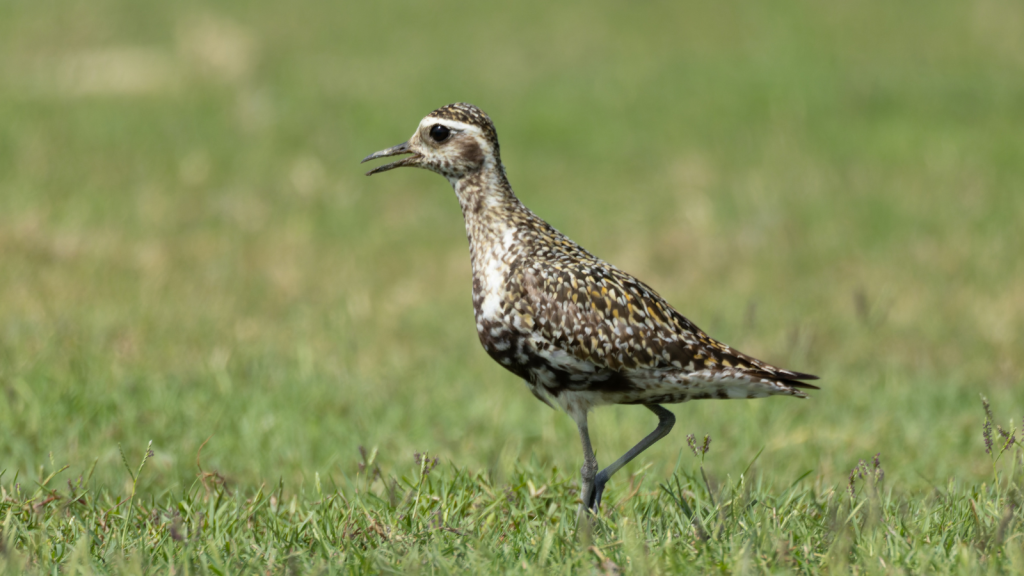
The golden plover, with its distinctive gold-speckled plumage, is a common sight on the Yorkshire Moors during breeding season. These wading birds nest on the ground, laying their eggs in shallow scrapes among the heather. Their plaintive, whistling call is a characteristic sound of the moors in spring and summer. In winter, golden plovers form large flocks and move to coastal areas, returning to the moors in spring to breed.
Emperor Moth
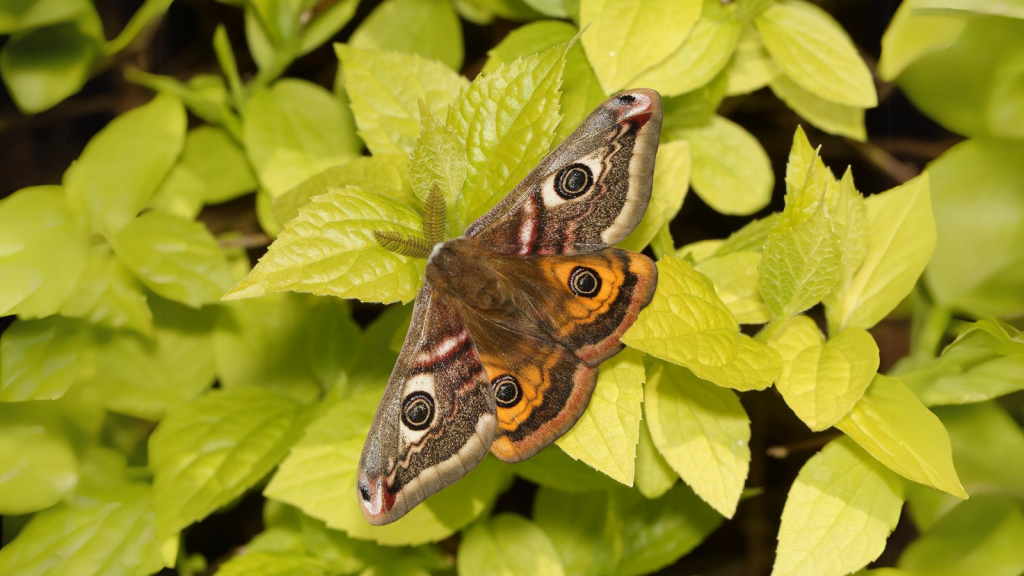
The emperor moth is one of the largest and most beautiful moths found on the moors. The males, with their orange-tinted wings, can often be seen flying during the day in search of females. The caterpillars of this impressive insect feed on heather and bilberry, two plants commonly found on the moors. Females release pheromones that can attract males from up to 5 miles away, an incredible feat for such a small creature.
Common Lizard

The common lizard thrives in the varied habitats of the Yorkshire Moors. These small reptiles can often be spotted basking on rocks or logs in sunny spots. Unlike many reptiles, common lizards give birth to live young rather than laying eggs, an adaptation that helps them survive in cooler climates. They have another fascinating survival trick: if caught by a predator, they can shed their tail, which continues to wriggle, distracting the predator while the lizard escapes.
Curlew
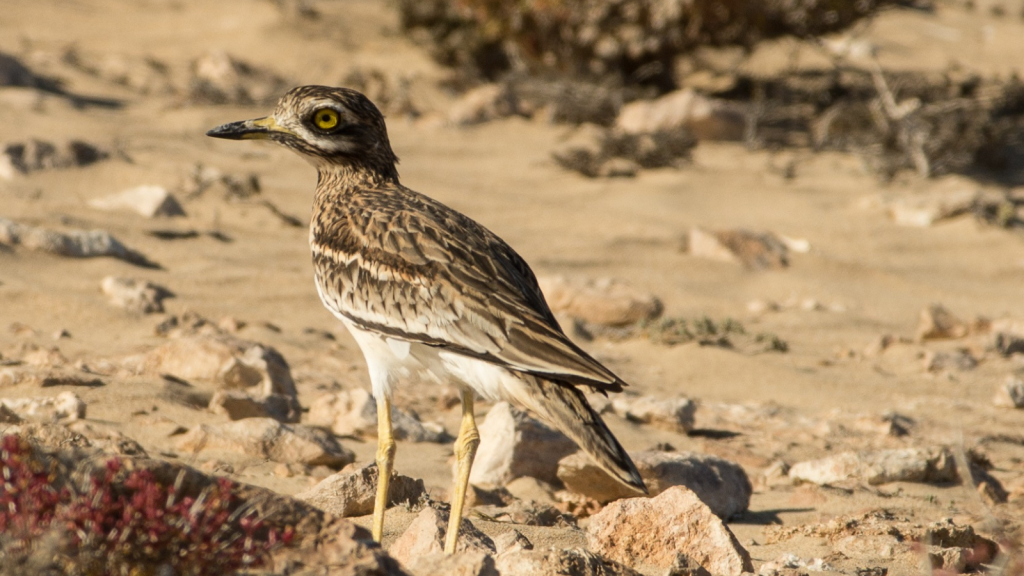
The curlew, with its long, curved bill and bubbling call, is a familiar sight and sound on the moors. These large wading birds nest on the ground, relying on the open moorland for breeding. Sadly, curlew numbers have declined in recent years, making conservation efforts on the moors crucial for their survival. The curlew’s distinctive bill is perfectly adapted for probing deep into soft ground for worms and other invertebrates, allowing it to access food sources unavailable to other birds.
Red Deer
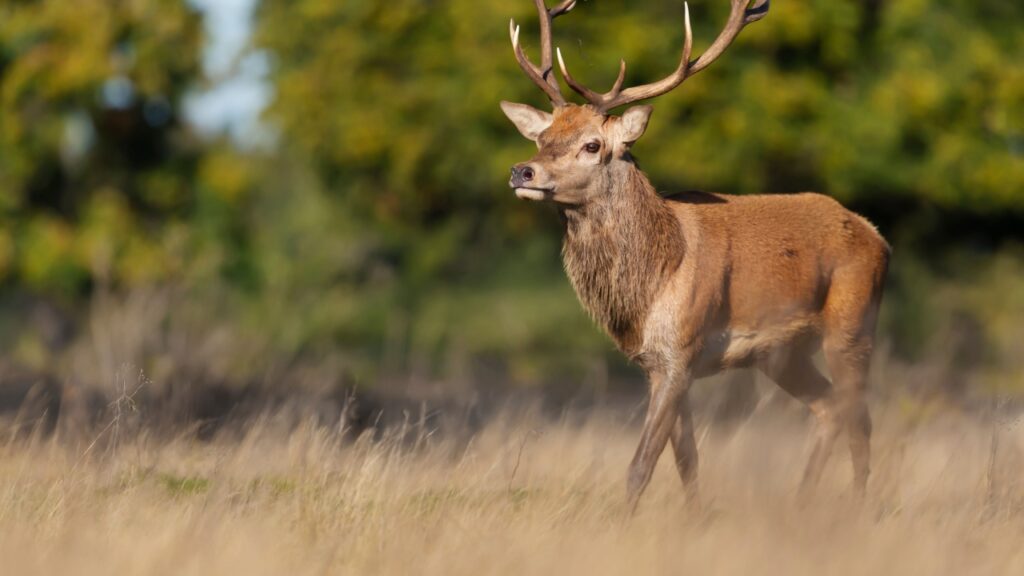
Red deer, the largest land mammal in Britain, roam the Yorkshire Moors in small herds. These majestic creatures are most active at dawn and dusk, when they can be seen grazing on grasses and heather. During the autumn rutting season, the moors echo with the roaring calls of stags competing for mates. Red deer are excellent swimmers and have been known to cross large bodies of water in search of new territories or food sources.
Lapwing
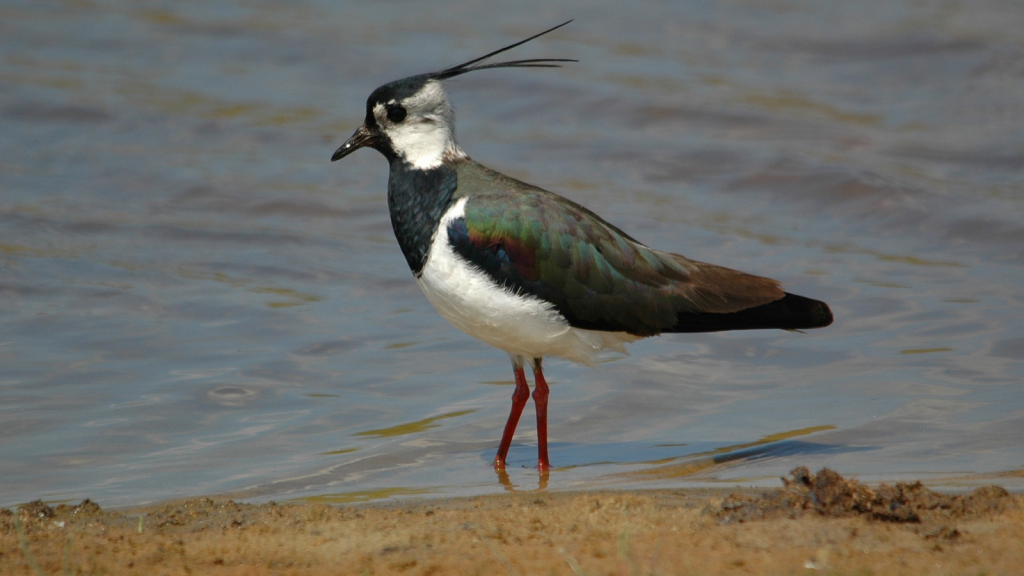
The lapwing, also known as the peewit due to its distinctive call, is a charismatic bird of the moors. With its striking black and white plumage and impressive crest, the lapwing is unmistakable. These ground-nesting birds perform acrobatic aerial displays during the breeding season, swooping and tumbling over their territories. Lapwings have an unusual defence mechanism: they’re known to feign injury to lure predators away from their nests, protecting their vulnerable eggs and chicks.
Mountain Bumblebee
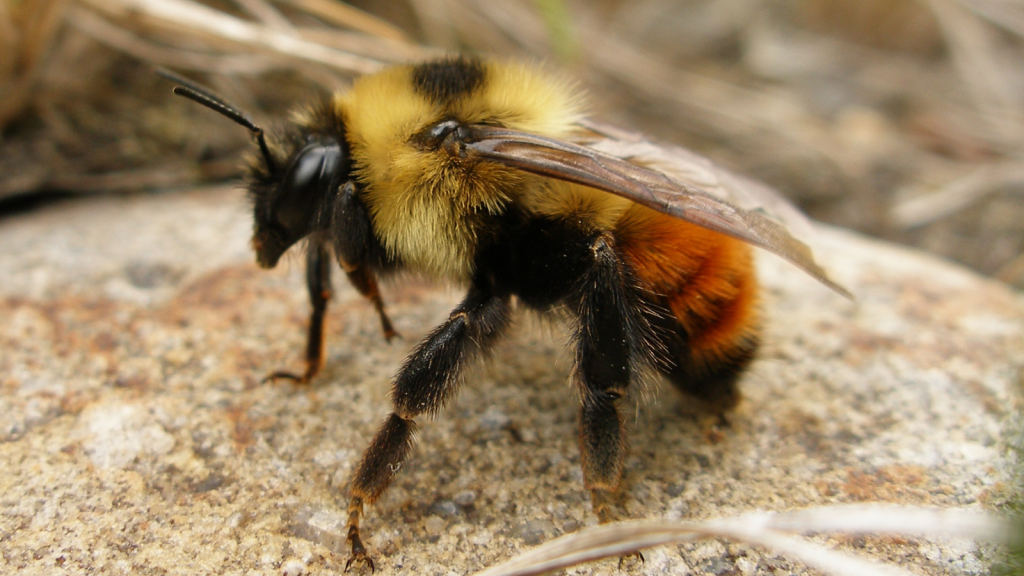
The mountain bumblebee is specially adapted to life in cooler, upland areas like the Yorkshire Moors. These hardy insects have longer fur than their lowland cousins, helping them stay warm in the harsh moorland environment. They play a crucial role in pollinating moorland plants, including heather and bilberry. Mountain bumblebees have another clever adaptation: they can raise their body temperature by vibrating their flight muscles, allowing them to forage in cooler conditions than other bees.
Skylark
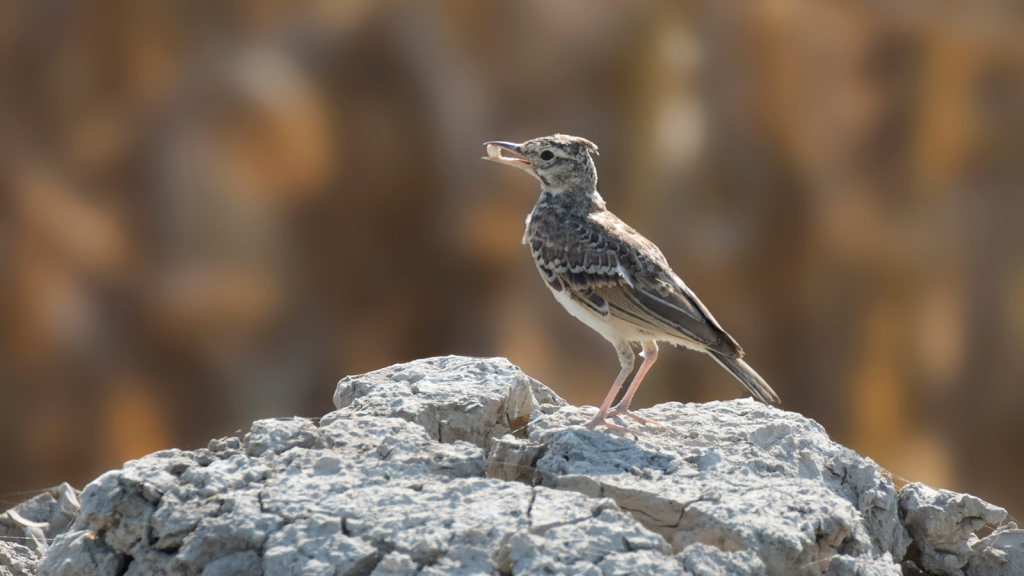
The skylark’s beautiful song is the soundtrack of the moors on a summer’s day. These small, brown birds are famous for their vertical flight displays, during which they sing continuously. Skylarks nest on the ground among the heather, relying on the open moorland habitat for breeding success. A skylark can sing for up to an hour without pausing, producing over 300 different sounds and mimicking over 70 other bird species.
Water Vole
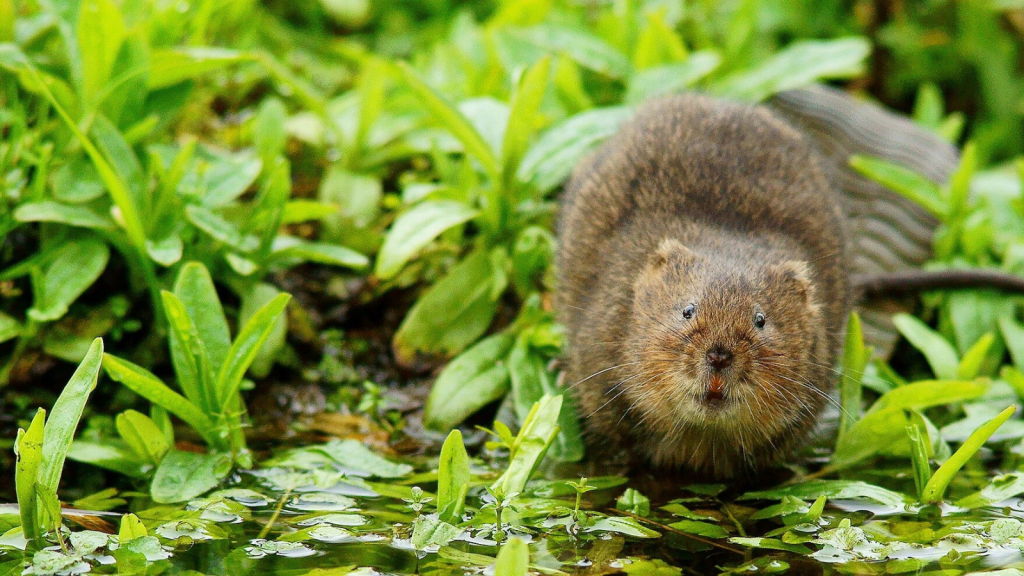
The water vole, often mistaken for a rat, inhabits the streams and rivers that cut through the moors. These charming rodents are excellent swimmers and can often be spotted along waterways, munching on bankside vegetation. Sadly, water vole numbers have declined dramatically in recent years, making conservation efforts on the moors vital for their survival. Water voles are prolific burrowers, creating complex systems of underground tunnels with separate chambers for nesting, storing food, and even latrines.
Hen Harrier
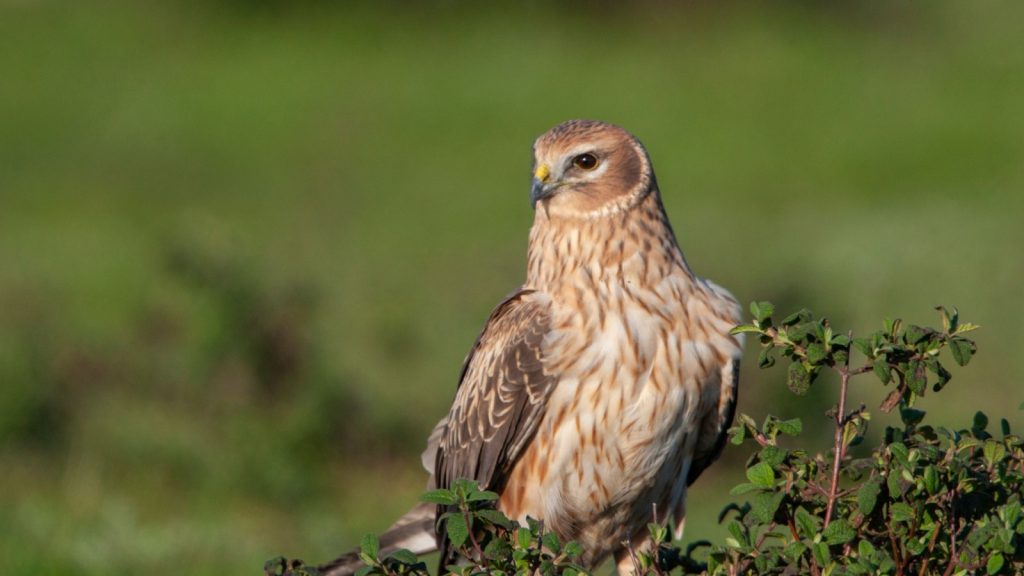
The hen harrier, a graceful bird of prey, hunts over the open moorland. Males are striking pale grey, while females are brown with a white rump – a feature that gives them the nickname “ringtail”. Hen harriers nest on the ground in dense heather, but face challenges from habitat loss and illegal persecution, making the moors a crucial refuge for this beautiful raptor. During courtship, male hen harriers perform spectacular ‘sky-dancing’ displays, involving steep climbs, loops, and rolls high in the air.

